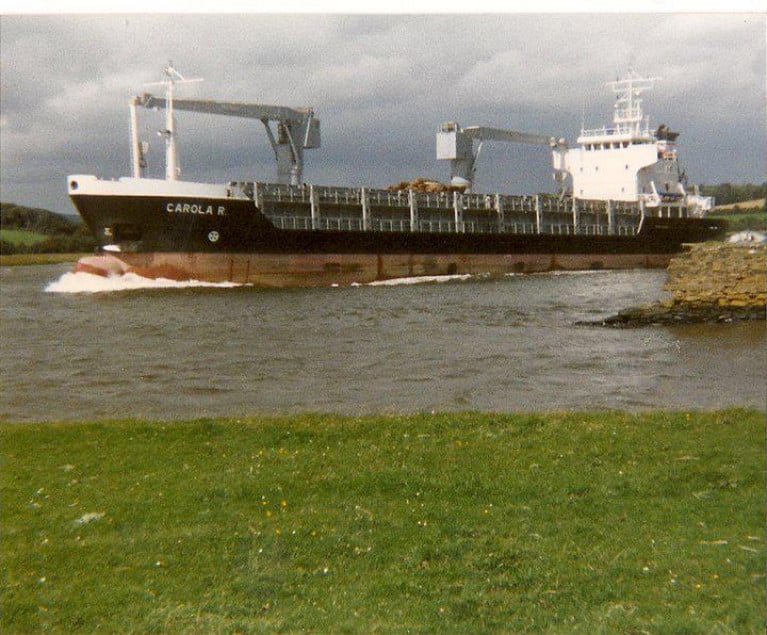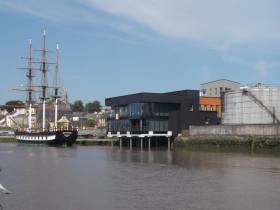Displaying items by tag: New Ross Port
€5m Needed to Keep New Ross Port Afloat
As the New Ross Standard reports, the cost of dredging the inland south-east Irish port and meeting its debts could run to more than €5m, councillors were told at the monthly municipal council meeting.
Director of Services Carolyn Godkin gave an update on how New Ross Port is faring financially at the meeting. Ms Godkin said a dredging cost benefit analysis is being carried out, along with other surveys, including environmental reports.
The 38m mast behind the port office is being removed.
'It's no longer fit for purpose. We have gone to tender on that and we will award a contract over the next few weeks.'
A new International Shipping & Port Security code for Marshmeadows will be sourced by June 30 and a hydrographic date survey also will be carried out within six months to ascertain the depths of the Barrow.
'We have engaged with the Admiralty and a new chart for New Ross.'
Lighting along the Barrow will be improved over the coming year also.
'New Ross is unusual in it's navigational system because the river is so dark. There is not a lot of light from towns and villages. Traditionally river street lighting was used to aid navigation,' Captain Phil Murphy said.
The Lucy junction near Pink Rock is a tricky corner for pilots to take so better lighting will be erected there.
'There are lights there but some need to be repaired. We are looking at what we have and what we need to give additional light to pilots.'
The Port and Pilot Byelaws have been reviewed.
Much more on this story here.
Takeover of New Ross Port to Unlock River’s Potential
#irishports - New Ross Port is to be transferred to Wexford County Council within the coming months and will lead to great opportunities for the development of the quays area of the town.
As NewRoss Standard writes, this is the view of director of services for economic development with Wexford County Council, Tony Larkin who addressed the monthly meeting of New Ross Municipal District.
Mr Larkin said the 'bottom tier' ports in Ireland are being transferred to local authorities.
'It's New Ross' turn. We have been in negotiations with the Department of Transport for two years. We've been doing due diligence on the port company and I compliment the work of the port company.'
He said the company is being disbanded and will merge into the council.
Mr Larkin said the transfer could occur as soon as May or June, and would have already taken place if not for some cost issues involving the removal of the oil tanks on the quay and the cost of draining the Barrow.
For the transfer to take place three ministers have to sign the transfer letter.
For further reading on this development at the inland port click here.

























































